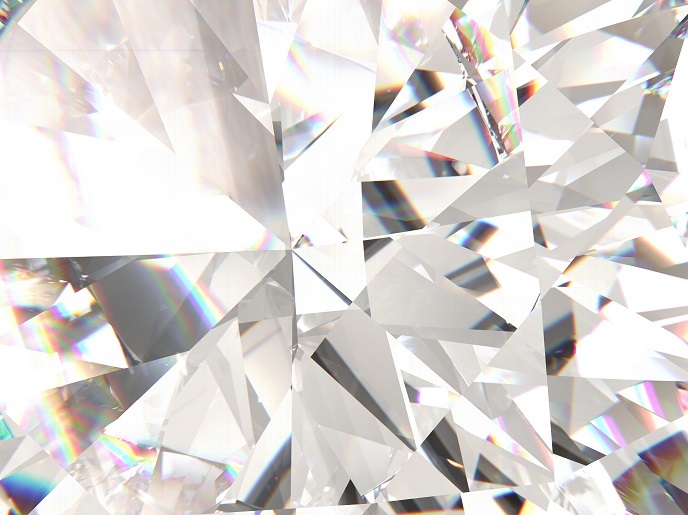Researchers use diamond and sunlight to turn carbon pollution into fuel and chemicals
The concentration of CO2 in the atmosphere is steadily increasing, and this causes many concerns regarding the impact on the environment. According to scientists, it is important to not only cease pumping megatonnes of CO2 into the atmosphere, but also start removing what is already there. Synthetic diamond exposed to light is a new possible approach to help fight climate change and provide a more sustainable supply of raw materials for certain industrial sectors. Several recent studies have shown some success in using synthetic diamond to recapture some of the CO2 in the atmosphere and turn it into usable fuel and chemicals. A novel approach from researchers working on the EU-funded DIACAT project yields two orders of magnitude better photocatalytic efficiency than existing reactors that use similar processes. Researchers demonstrated for the first time a whole range of diamond compositions that can reduce CO2 to methanol and formate using visible light. They produced different types of nanostructured and doped diamond materials with functional groups on their surfaces in large quantities and reproducible quality. Different active metal complexes and metal oxide coatings were assessed for their photocatalytic activity. Combining the best materials and structures, the team reported the observation of the highest photocatalytic activity in diamond materials to date.
Diamond acts as an artificial tree
Similar to real trees, which use CO2, sunlight and water to produce food, the developed synthetic diamond materials act like an artificial tree that use the same ingredients to produce fuel and chemicals. “Where nature uses photosynthesis to produce glucose from CO2, we are producing methanol and formate on a carbon-based surface using green solvents and sunlight,” notes project coordinator Anke Krueger. The resulting methanol is an alternative biofuel that can be used to run cars. Formate, which can also be further reduced to other compounds, is a useful precursor material necessary to the chemical industry.
Diamond’s unrivalled properties
Contrary to conventional wisdom, man-made diamond is a readily available material. It can be made from methane using a chemical vapour deposition process. Diamond films deposited on substrates are widely available and are rather cheap, pose no safety concern and are environmentally friendly. What’s more, diamond has a unique property that has no analogue in other semiconductor materials. It possesses a so-called negative electron affinity – electrons can leave the diamond surface without an additional energy barrier when excited to the conduction band. “This is normally only possible when electrons are excited by short-wavelength ultraviolet light, but in DIACAT we experimented with a larger fraction of the sunlight. We noticed that diamond emits electrons with very high reduction potential; in turn the electrons can reduce highly inert molecules such as CO2 and molecular nitrogen,” explains Krueger. This unique set of physicochemical properties enabled the researchers to actually realise a kind of artificial photosynthesis process where CO2 is transformed into organic molecules with the help of sunlight and water. DIACAT’s groundbreaking technology is an important part of the overall EU efforts to combat climate change through CO2 removal from the atmosphere. The technology will be more efficiently exploited in places where CO2 is provided in high concentrations. This makes power stations, steel mills or cement factories preferred locations for implementing the technology in the future.
Keywords
DIACAT, diamond, CO2, chemical, fuel, methanol, formate, artificial photosynthesis



